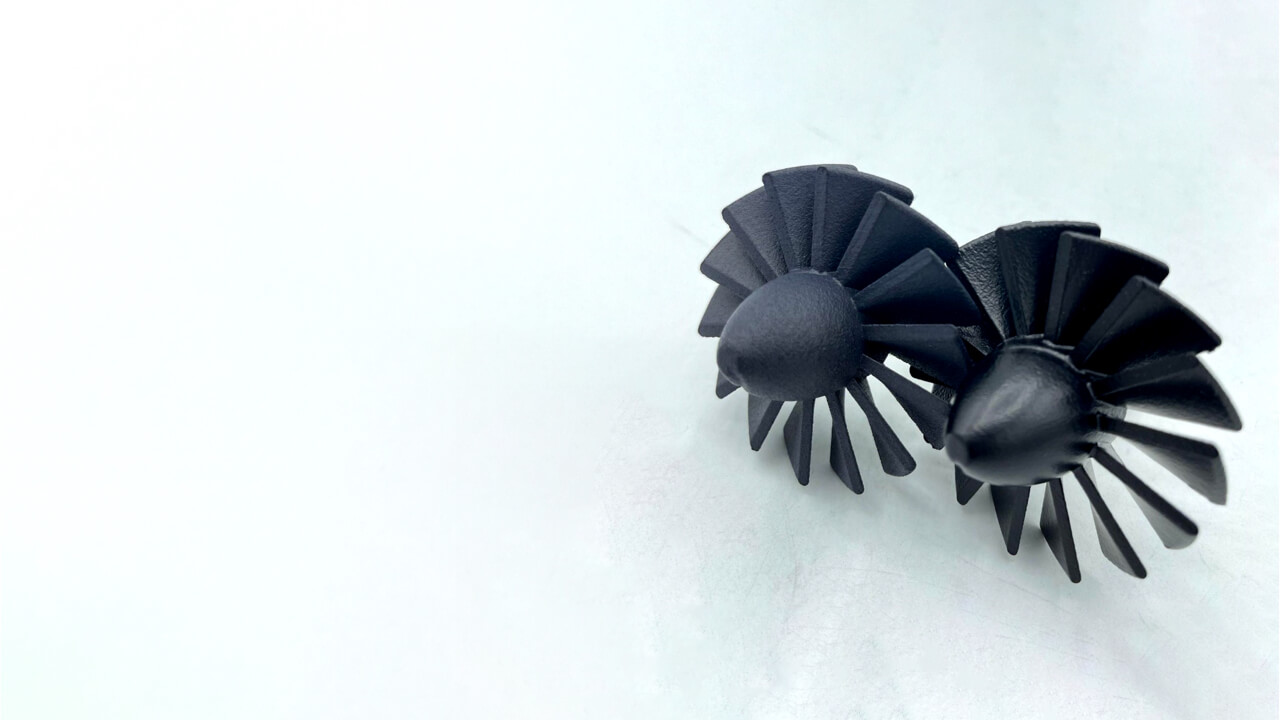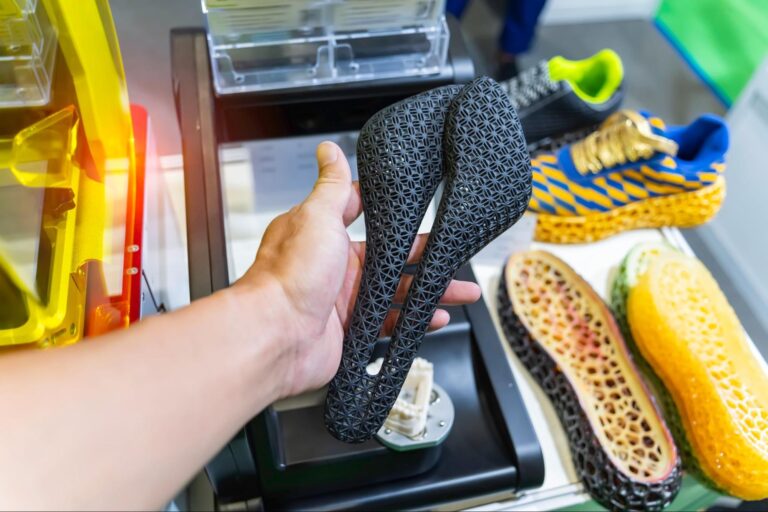Vapor smoothing is a finishing process for 3D printed parts that uses a vaporized solvent to smooth the surface of a printed part without adding or removing material. The process is a controlled chemical melt that reduces the variation of peaks and valleys found on the surface of any printed part. It is used to reduce or remove visual layer lines and natural imperfections that occur during printing, leaving a smooth, glossy finish.
Along with improved cosmetic qualities, vapor smoothing seals the part’s surface and improves the mechanical properties of the part by filling in microfractures and other potential points of failure if the part is put under stress.









